Home>Home Appliances>Kitchen Appliances>How To Dry Mushrooms In A Dehydrator
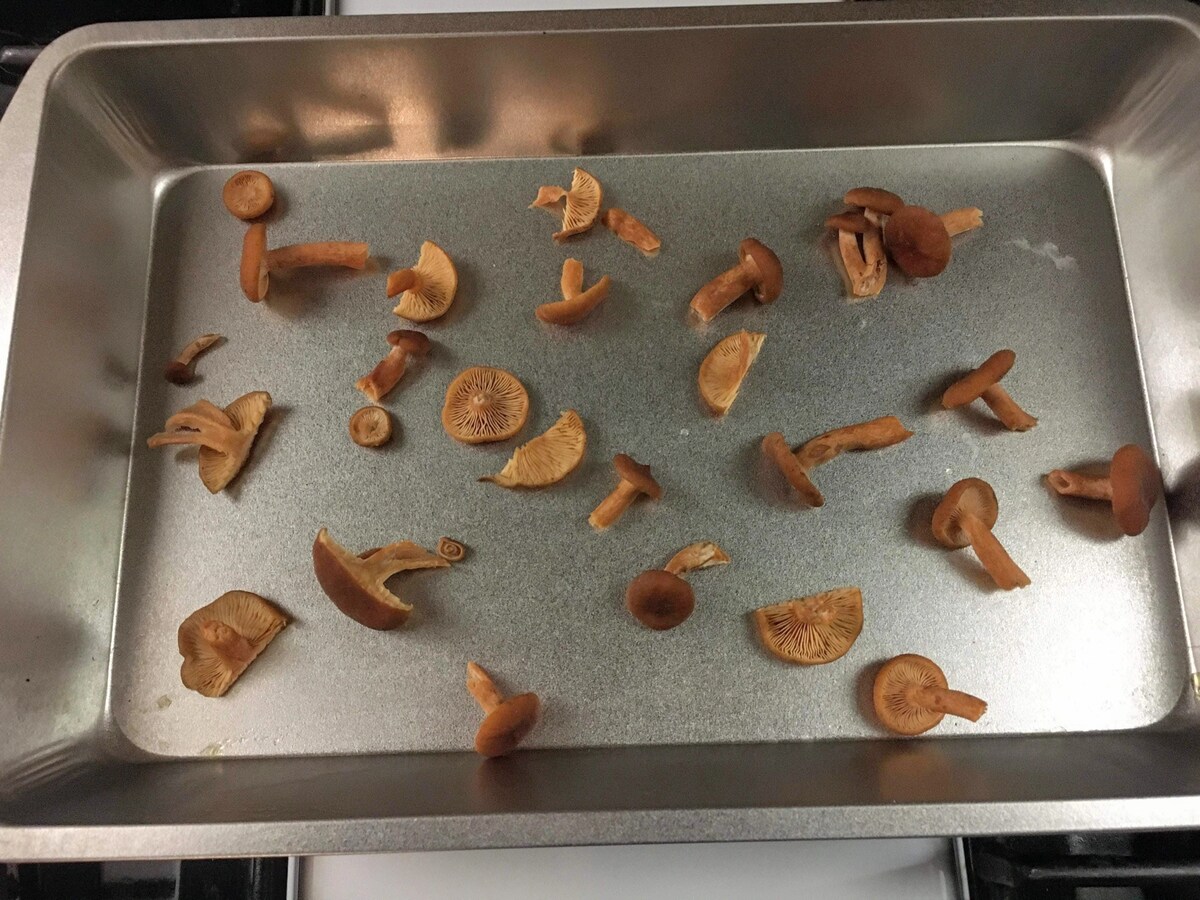

Kitchen Appliances
How To Dry Mushrooms In A Dehydrator
Modified: February 18, 2024
Learn how to dry mushrooms in a dehydrator and preserve their flavor and nutrients. Discover the best kitchen appliances for this process.
(Many of the links in this article redirect to a specific reviewed product. Your purchase of these products through affiliate links helps to generate commission for Storables.com, at no extra cost. Learn more)
Introduction
Drying mushrooms is a fantastic way to preserve their flavor and extend their shelf life. Whether you foraged a bountiful harvest of wild mushrooms or found a great deal at the local market, using a dehydrator to dry them is a convenient and efficient method. This process not only intensifies their flavor but also makes them versatile for use in various culinary creations. By drying mushrooms, you can enjoy their earthy goodness all year round.
In this comprehensive guide, we will walk you through the steps to successfully dry mushrooms using a dehydrator. From selecting the right mushrooms to storing the dried product, we will cover everything you need to know to achieve optimal results. Additionally, we will share some valuable tips and tricks to ensure that your dried mushrooms are of the highest quality. So, let's embark on this flavorful journey and learn how to dry mushrooms in a dehydrator!
Key Takeaways:
- Preserve the rich flavors of mushrooms year-round by drying them in a dehydrator. Select, clean, slice, and dry carefully for optimal results and elevate your culinary creations with gourmet flair.
- Embrace the art of mushroom drying and experiment with different varieties to savor the delightful flavors they bring to your table. With patience and creativity, master the process and enrich your culinary experiences in unexpected ways.
Choosing the Right Mushrooms
When it comes to drying mushrooms, selecting the right variety is crucial. Not all mushrooms are suitable for drying, and some may produce better results than others. Here are some popular choices:
- Porcini Mushrooms: Known for their rich, nutty flavor, porcini mushrooms are a popular choice for drying. They add a deep umami taste to dishes and are prized for their versatility in culinary applications.
- Morel Mushrooms: With their distinctive honeycomb appearance and intense earthy flavor, morel mushrooms are highly sought after for drying. They are a gourmet delicacy and can elevate the taste of various dishes.
- Chanterelle Mushrooms: These golden-hued mushrooms boast a fruity aroma and a mild peppery taste. Drying chanterelles intensifies their flavor, making them a delightful addition to soups, sauces, and risottos.
- Shiitake Mushrooms: Widely used in Asian cuisine, shiitake mushrooms possess a robust, meaty flavor. Drying enhances their umami essence, making them a staple in vegetarian and vegan dishes.
It’s important to source fresh, high-quality mushrooms for drying. Avoid mushrooms that are slimy, discolored, or have an unpleasant odor, as these are signs of spoilage. If you’re foraging for wild mushrooms, ensure that you can confidently identify the species and verify their safety for consumption.
By carefully choosing the right mushrooms for drying, you can elevate your culinary creations with a delightful depth of flavor and aroma.
Cleaning the Mushrooms
Before drying mushrooms, it’s essential to clean them thoroughly to remove any dirt, debris, or impurities. Follow these steps to ensure that your mushrooms are pristine and ready for the drying process:
- Gently Brushing: Use a soft-bristled brush or a mushroom brush to gently remove any visible dirt or debris from the mushrooms. This method helps preserve the delicate texture of the mushrooms while effectively cleaning them.
- Trimming and Inspecting: Examine each mushroom carefully and trim off any discolored or blemished parts. Inspect the gills and stems, ensuring that they are free from any foreign matter.
- Rinsing (Optional): If the mushrooms are particularly dirty, a quick rinse under cold running water can be used to remove stubborn dirt. However, it’s important to rinse them briefly and pat them dry immediately to prevent water absorption.
- Avoid Soaking: It’s crucial to avoid soaking mushrooms in water, as they are porous and can quickly become waterlogged, compromising their texture and flavor.
By taking the time to clean the mushrooms meticulously, you can ensure that they are free from impurities and ready to undergo the drying process. Properly cleaned mushrooms will yield superior results and contribute to the overall quality of the dried product.
Slicing the Mushrooms
Once the mushrooms are thoroughly cleaned, the next step in the drying process is to prepare them for dehydration. Slicing the mushrooms to a uniform thickness is essential for ensuring even drying and consistent results. Here’s how to slice the mushrooms effectively:
- Uniform Slices: Use a sharp knife to slice the mushrooms into uniform pieces. Aim for a thickness of approximately 1/4 to 1/2 inch to promote even drying. Consistent slicing ensures that the mushrooms dry at the same rate, preventing some pieces from becoming overly dry while others remain moist.
- Adjusting for Size: Larger mushrooms may require thicker slices, while smaller ones can be sliced more thinly. Adapting the slicing technique based on the size of the mushrooms helps maintain uniformity in the drying process.
- Consider the Mushroom Type: Different mushroom varieties may require specific slicing techniques. For example, morel mushrooms can be halved lengthwise to expose their unique texture and aid in the drying process, while smaller mushrooms like shiitakes can be sliced into thin rounds.
By taking the time to slice the mushrooms uniformly and thoughtfully, you can optimize the drying process and ensure that the resulting dried mushrooms possess a consistent texture and flavor. Proper slicing sets the stage for successful dehydration and enhances the overall quality of the dried product.
Preparing the Dehydrator
Before you begin the drying process, it’s important to prepare your dehydrator to create the ideal environment for drying mushrooms. Follow these steps to ensure that your dehydrator is ready for the task:
- Clean the Trays: Thoroughly clean the dehydrator trays with warm, soapy water and dry them completely. Clean trays provide a hygienic surface for drying the mushrooms and prevent any residual flavors from affecting the end product.
- Arrange the Sliced Mushrooms: Place the sliced mushrooms in a single layer on the dehydrator trays, ensuring that there is ample space between each piece. This allows for proper air circulation and even drying.
- Set the Temperature: Refer to the specific guidelines for drying mushrooms in your dehydrator’s instruction manual. Generally, mushrooms are dried at a low temperature, typically around 125°F (52°C) to 135°F (57°C), to preserve their flavor and nutritional value.
- Adjust the Airflow: Ensure that the dehydrator’s airflow is set to an appropriate level for drying mushrooms. Adequate airflow is essential for removing moisture from the mushrooms and achieving the desired texture.
- Monitor the Drying Time: Keep a close eye on the mushrooms as they dry, checking them periodically to gauge their progress. The drying time can vary based on factors such as the mushroom variety, thickness of the slices, and the dehydrator’s specific settings.
By properly preparing your dehydrator and following these steps, you can create an optimal drying environment for the mushrooms. This meticulous preparation sets the stage for successful dehydration and ensures that the mushrooms retain their flavor and nutritional benefits.
After slicing the mushrooms, arrange them in a single layer on the dehydrator trays. Set the temperature to 135°F and dry for 6-8 hours, or until they are crispy and completely dry.
Read more: How To Make Mushroom Jerky In A Dehydrator
Drying the Mushrooms
With the dehydrator prepared and the sliced mushrooms arranged on the trays, it’s time to commence the drying process. Follow these steps to ensure that your mushrooms dry thoroughly and evenly:
- Initial Drying Phase: Start the dehydrator and allow the mushrooms to dry for the initial phase, typically for 4 to 6 hours. During this time, the mushrooms will begin to lose moisture, and you may notice a significant reduction in their size and weight.
- Check for Dryness: After the initial drying phase, periodically check the mushrooms for dryness. They should feel leathery and brittle to the touch, indicating that the moisture has been sufficiently removed.
- Rotate the Trays: If your dehydrator has multiple trays, consider rotating them during the drying process to ensure even drying. This helps prevent any unevenness in the drying results.
- Extended Drying Time: Depending on the moisture content of the mushrooms and the specific drying conditions, the total drying time can range from 6 to 10 hours or longer. It’s essential to be patient and allow the mushrooms to dry thoroughly to prevent any residual moisture.
- Perform a Final Check: Once you believe the mushrooms are dry, perform a final check to ensure that they have reached the desired level of dryness. They should be firm, dry to the touch, and have no signs of moisture remaining.
By carefully monitoring the drying process and following these steps, you can achieve perfectly dried mushrooms that are ready for storage and future culinary use. Properly dried mushrooms possess a concentrated flavor and a satisfying texture, making them a valuable addition to your pantry.
Storing the Dried Mushrooms
After successfully drying the mushrooms, proper storage is essential to maintain their quality and flavor over time. Follow these guidelines to ensure that your dried mushrooms remain fresh and flavorful:
- Cooling Period: Allow the dried mushrooms to cool completely before storing them. This helps prevent any residual heat from causing moisture buildup in the storage container.
- Choose the Right Container: Transfer the dried mushrooms to an airtight container, such as a glass jar or a resealable plastic bag. Ensure that the container is clean, dry, and free from any lingering odors that could affect the mushrooms’ flavor.
- Store in a Cool, Dark Place: Place the sealed container of dried mushrooms in a cool, dark pantry or cupboard. Exposure to light and heat can compromise the mushrooms’ flavor and texture, so it’s important to store them in a suitable environment.
- Absorb Moisture: To further protect the dried mushrooms from moisture, consider placing a desiccant packet or a small amount of uncooked rice in the storage container. These absorbent materials help prevent any potential moisture absorption that could lead to spoilage.
- Label and Date: Clearly label the container with the type of mushrooms and the date of drying. This ensures that you can easily identify and track the freshness of the dried mushrooms, allowing you to use the oldest ones first.
By storing the dried mushrooms properly, you can preserve their intense flavor and unique characteristics for an extended period. Whether you’re using them in soups, sauces, or other culinary creations, well-stored dried mushrooms are a valuable ingredient that adds depth and complexity to dishes.
Tips and Tricks
Enhance your mushroom-drying journey with these valuable tips and tricks that can elevate the quality of your dried mushrooms and streamline the drying process:
- Pre-Treat with Lemon Water: To prevent discoloration and preserve the mushrooms’ natural color, consider soaking them briefly in water mixed with lemon juice before slicing and drying.
- Utilize a Mandoline Slicer: For precise and uniform mushroom slices, a mandoline slicer can be a handy tool, especially when dealing with larger quantities of mushrooms.
- Experiment with Seasonings: Before drying the mushrooms, consider seasoning them with herbs, spices, or a drizzle of olive oil to infuse additional flavor. This can enhance the versatility of the dried mushrooms in various recipes.
- Rehydrate Before Use: When using the dried mushrooms in recipes, rehydrate them by soaking in warm water or broth to restore their texture and flavor before incorporating them into dishes.
- Explore Different Varieties: Embrace the diverse world of mushrooms by experimenting with drying various mushroom varieties, from oyster mushrooms to maitake, to discover unique flavors and textures.
- Monitor Humidity Levels: If you live in a humid climate, consider drying the mushrooms during a period of low humidity to facilitate the drying process and prevent moisture retention.
- Share and Preserve Excess Harvest: Dried mushrooms make thoughtful and flavorful gifts for fellow food enthusiasts. Additionally, drying excess mushroom harvests allows you to enjoy them throughout the year.
By incorporating these tips and tricks into your mushroom-drying endeavors, you can refine your techniques, expand your culinary repertoire, and savor the rich, earthy essence of dried mushrooms in a myriad of dishes.
Conclusion
Embarking on the journey of drying mushrooms in a dehydrator opens up a world of culinary possibilities and allows you to savor the rich flavors and unique characteristics of these earthy delights throughout the year. By carefully selecting the right mushrooms, meticulously cleaning and slicing them, and patiently overseeing the drying process, you can create a bountiful supply of dried mushrooms that add depth and complexity to a wide range of dishes.
From the intense nuttiness of porcini mushrooms to the earthy aroma of morels, each variety brings its own distinctive qualities to the table. Whether you’re enhancing soups, sauces, risottos, or stir-fries, dried mushrooms infuse your creations with a depth of flavor that is unmatched. Their versatility and long shelf life make them a valuable addition to any kitchen, offering a convenient way to elevate your culinary creations with a touch of gourmet flair.
As you savor the fruits of your labor, remember that the art of drying mushrooms is a timeless tradition that allows you to capture the essence of each season’s harvest and enjoy it throughout the year. Whether you’re a forager, a home cook, or a culinary enthusiast, the process of drying mushrooms in a dehydrator is a rewarding endeavor that connects you to the rich tapestry of nature’s bounty.
So, embrace the art of mushroom drying, experiment with different varieties, and savor the delightful flavors that dried mushrooms bring to your table. With patience, attention to detail, and a touch of creativity, you can master the art of drying mushrooms in a dehydrator and enrich your culinary experiences in delightful and unexpected ways.
Frequently Asked Questions about How To Dry Mushrooms In A Dehydrator
Was this page helpful?
At Storables.com, we guarantee accurate and reliable information. Our content, validated by Expert Board Contributors, is crafted following stringent Editorial Policies. We're committed to providing you with well-researched, expert-backed insights for all your informational needs.
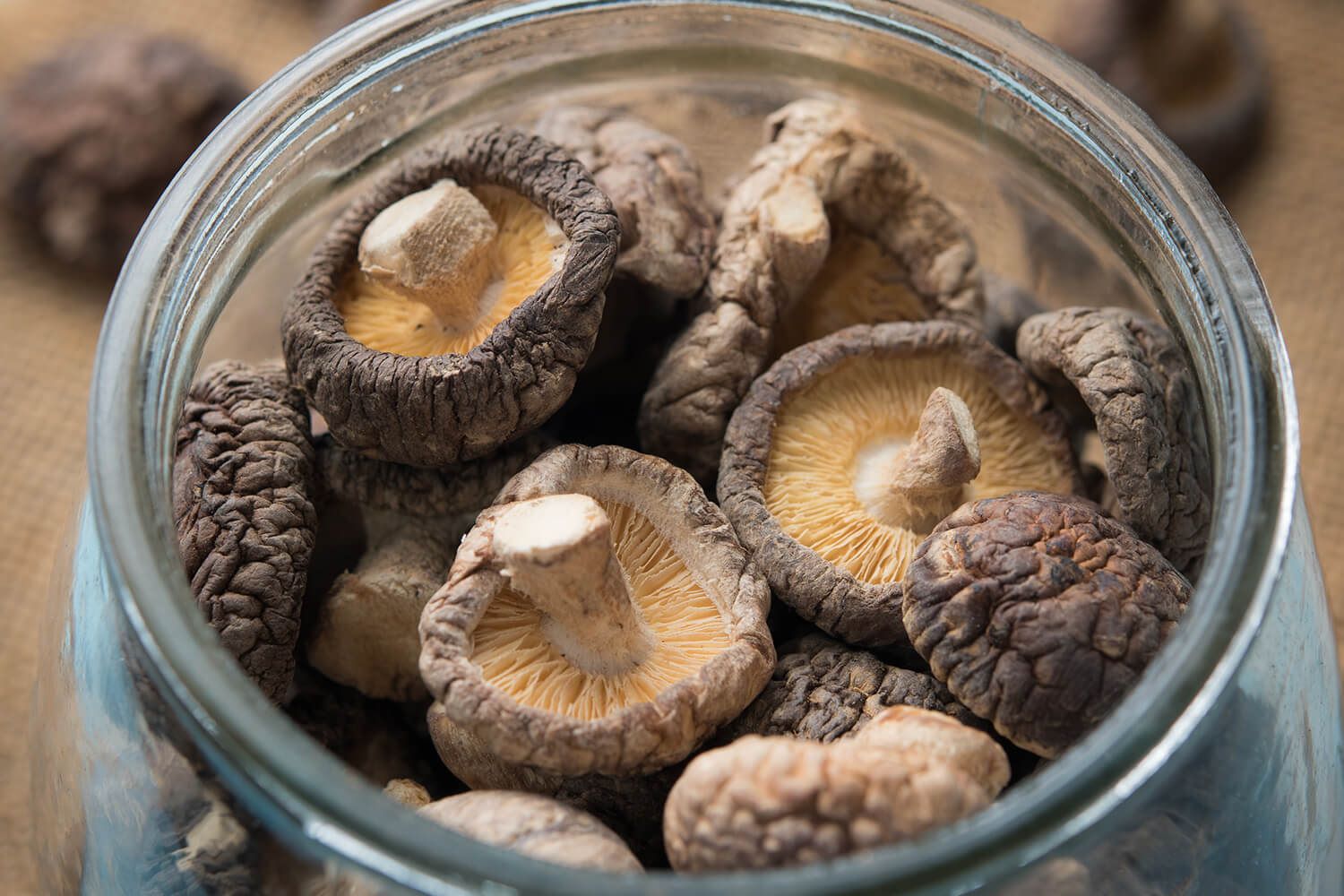
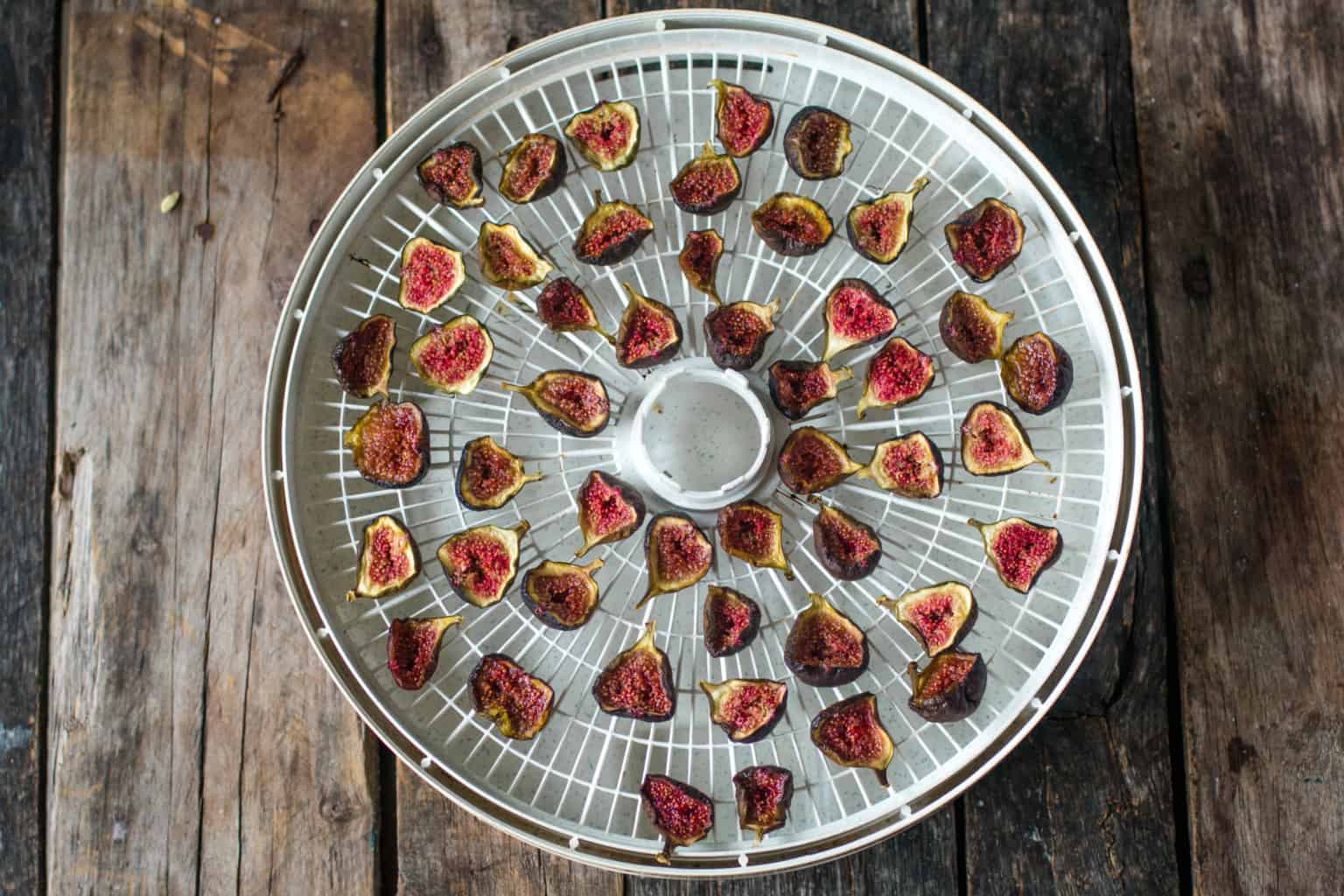
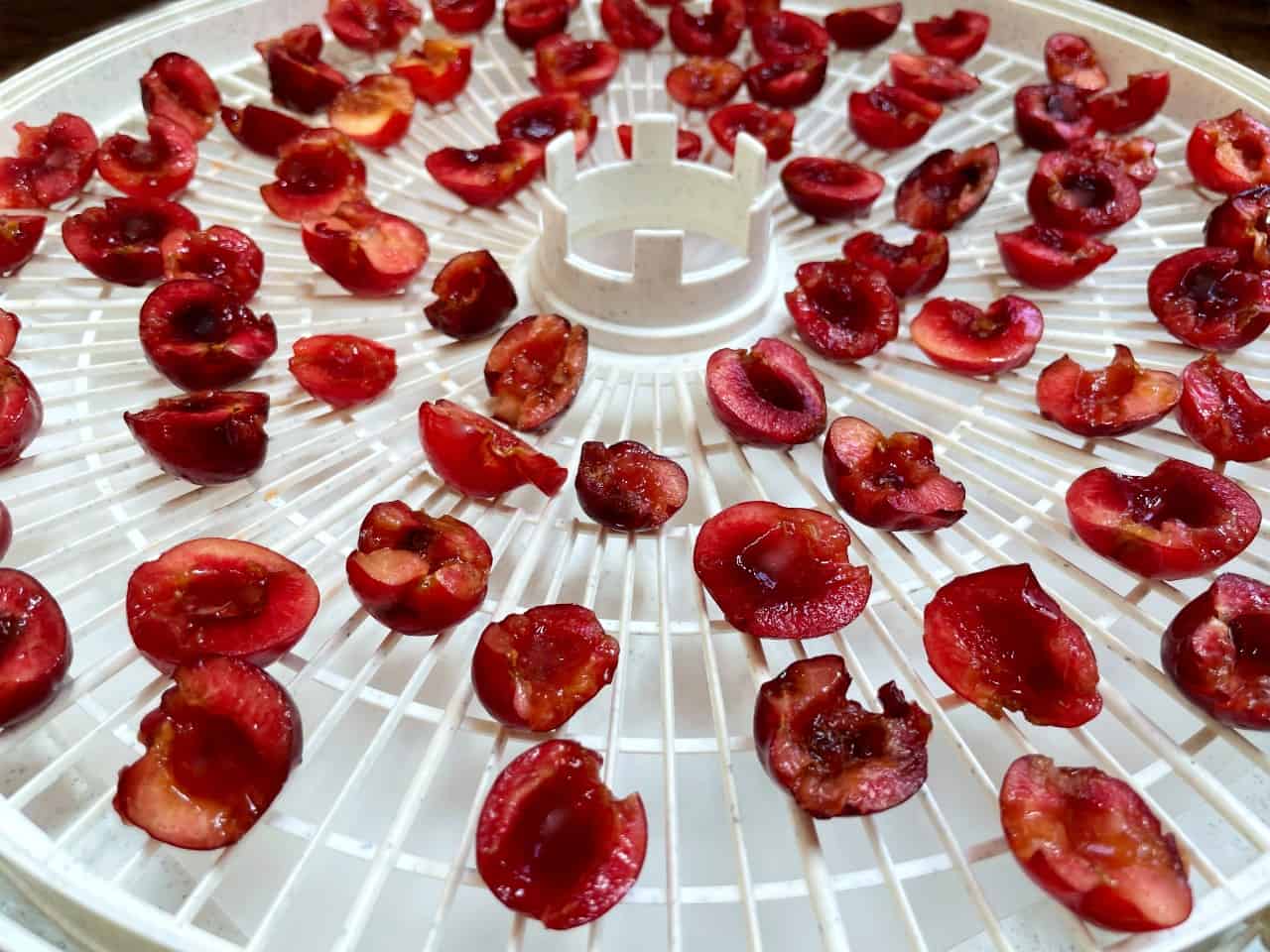
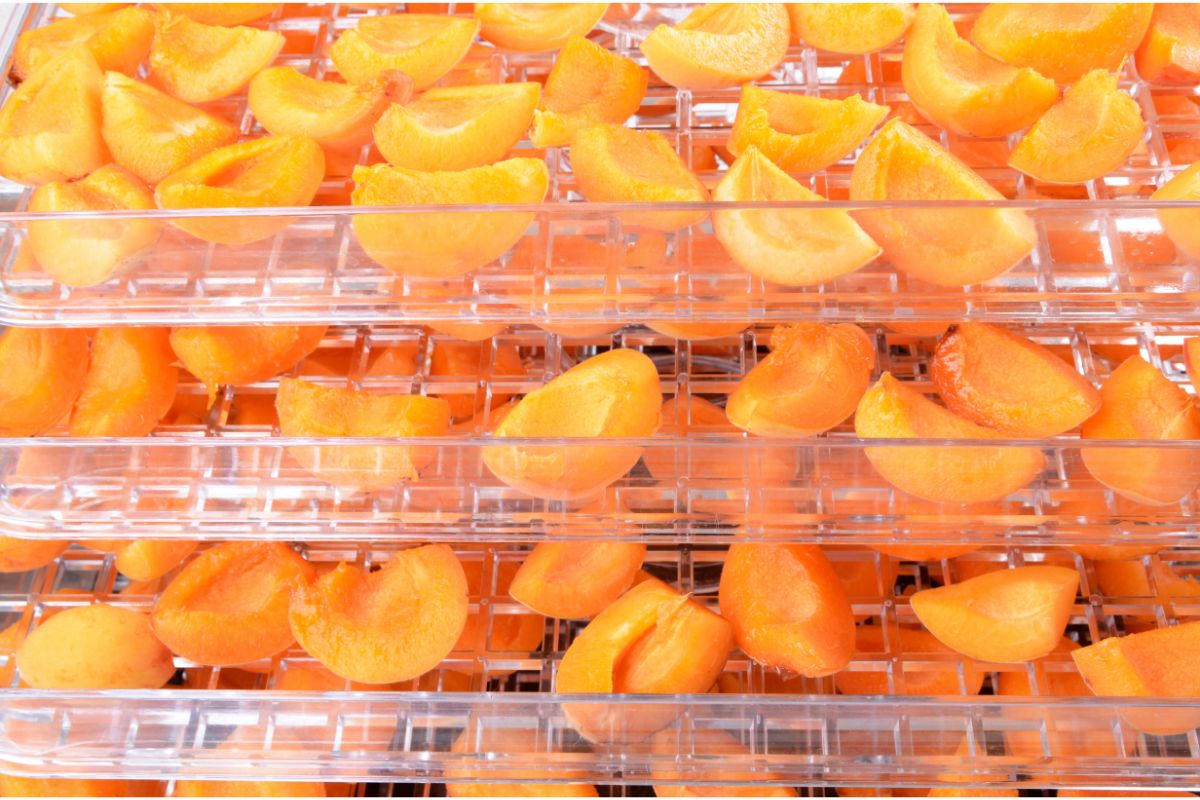
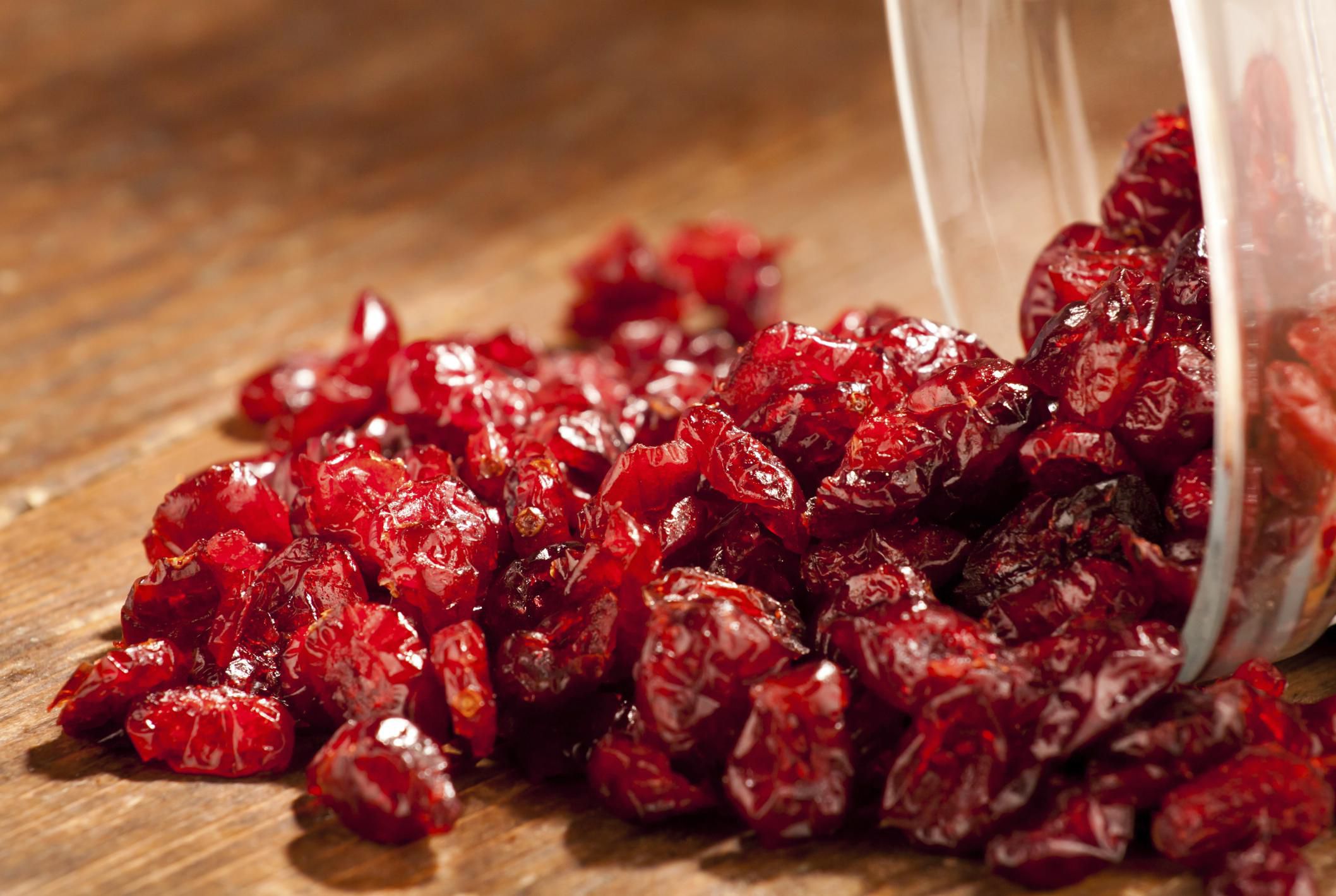
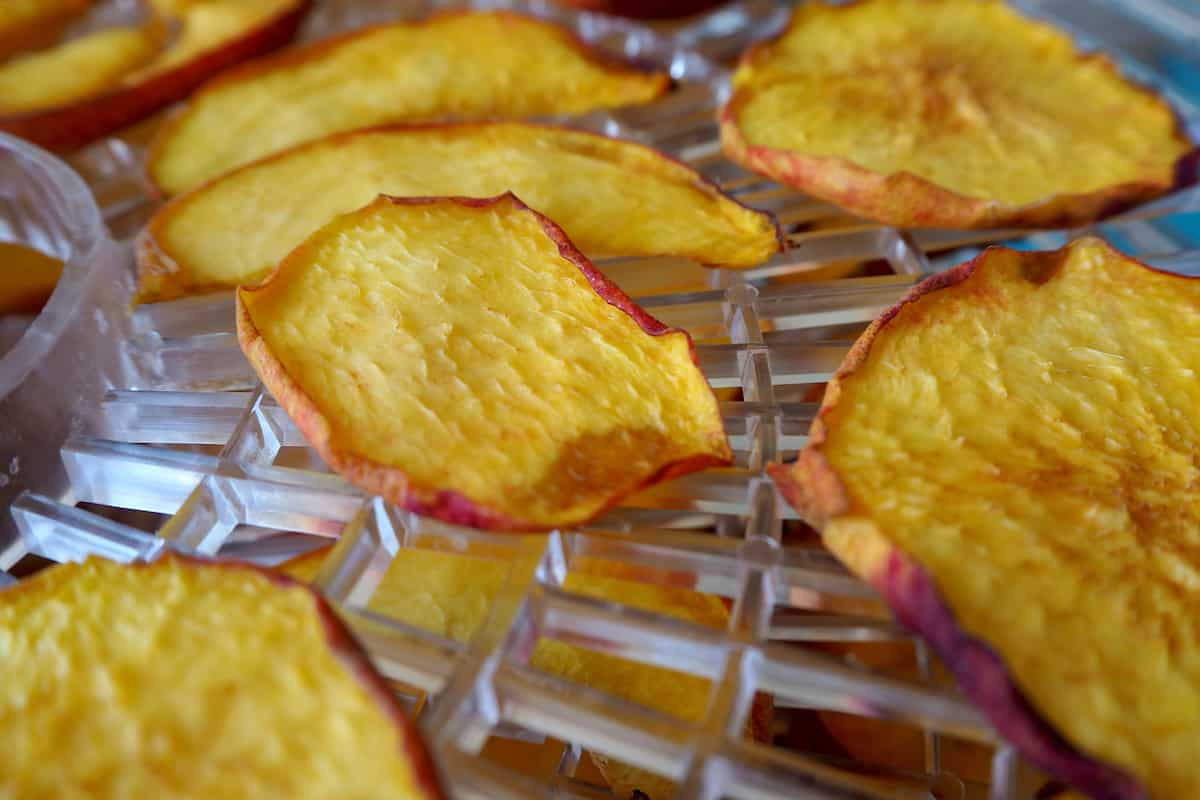
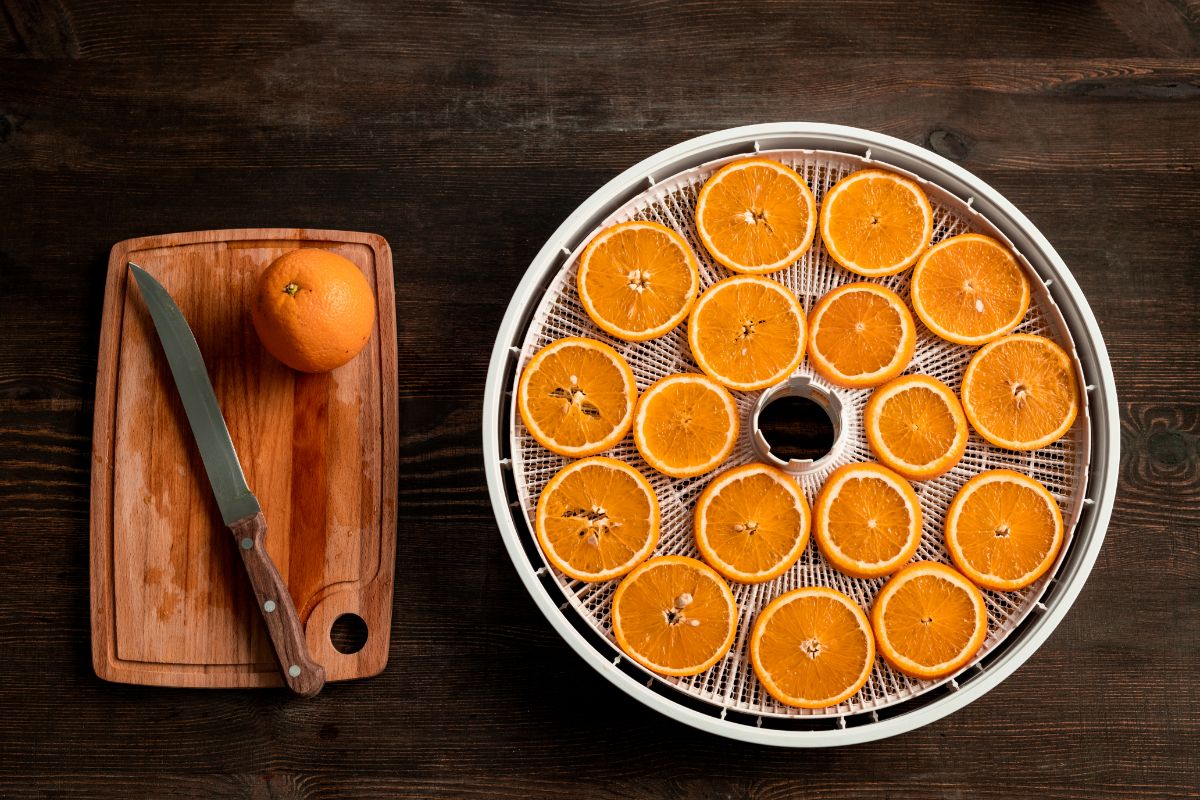
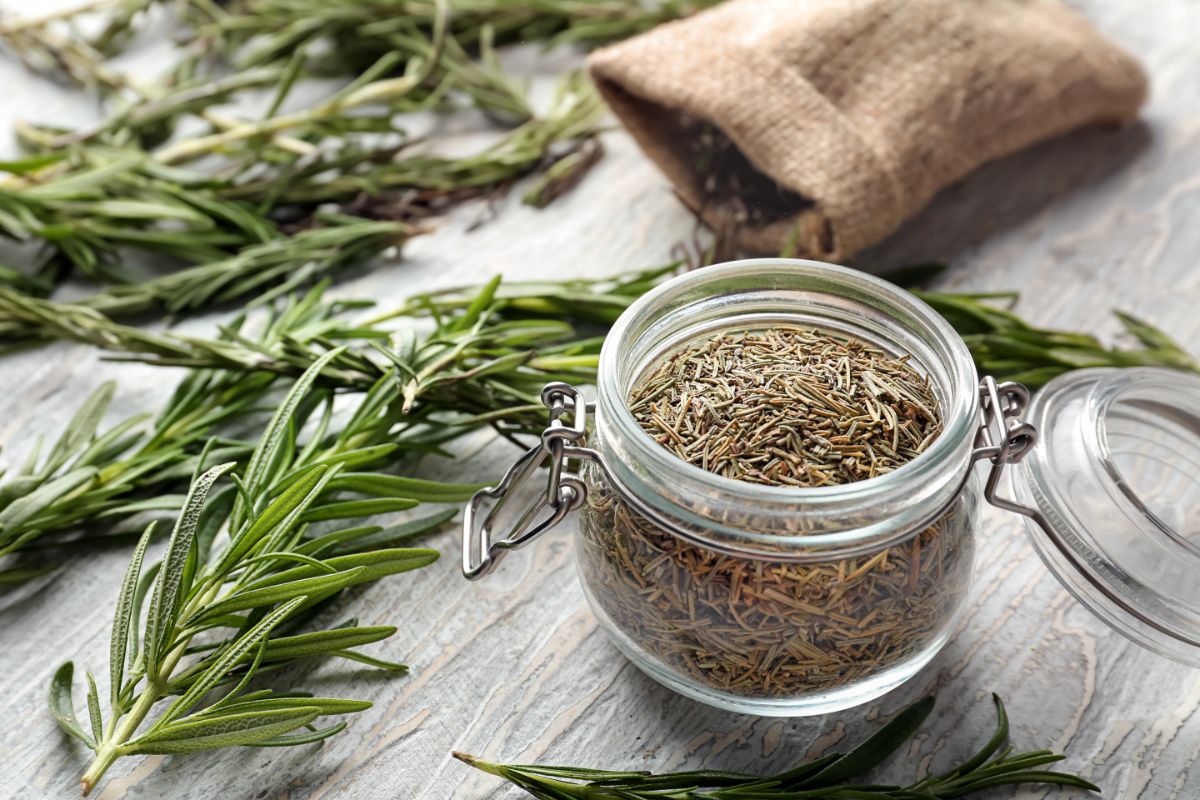
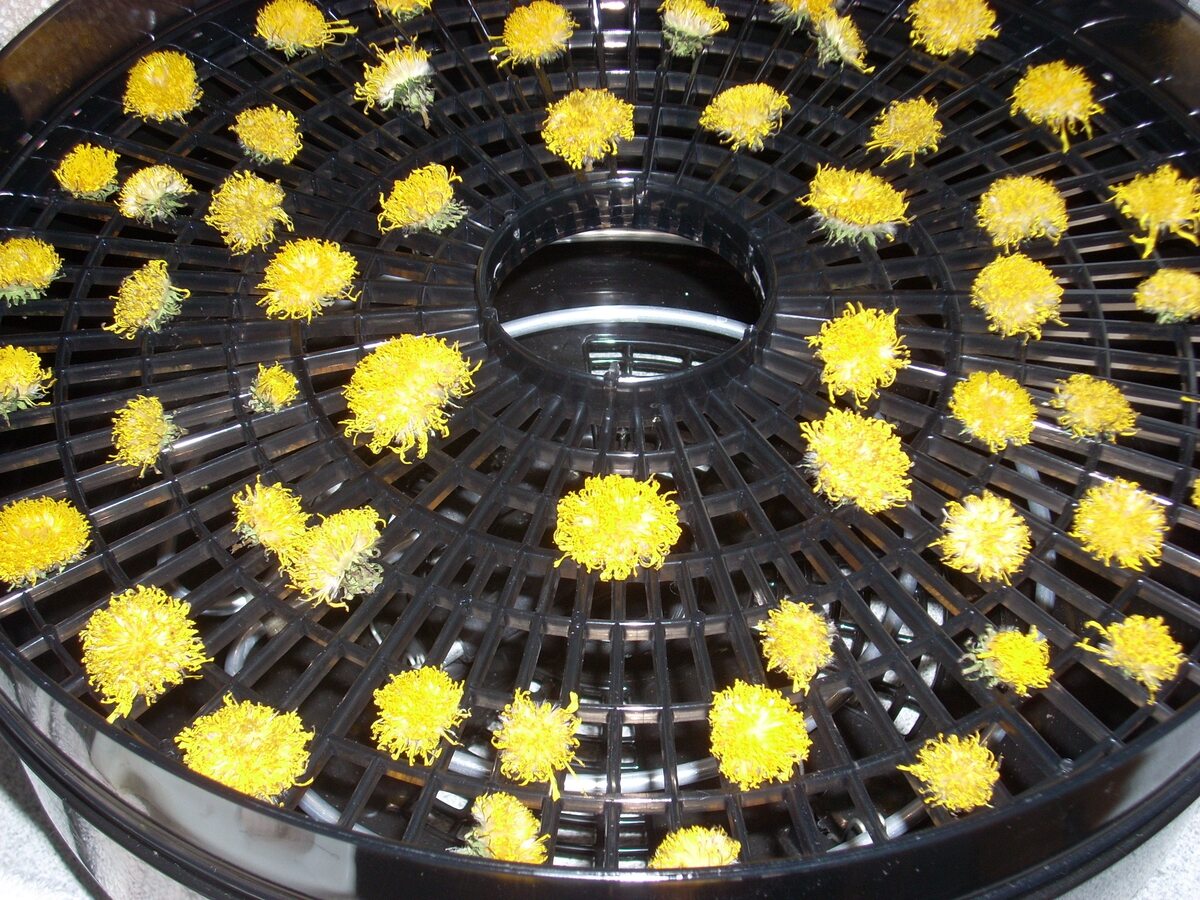
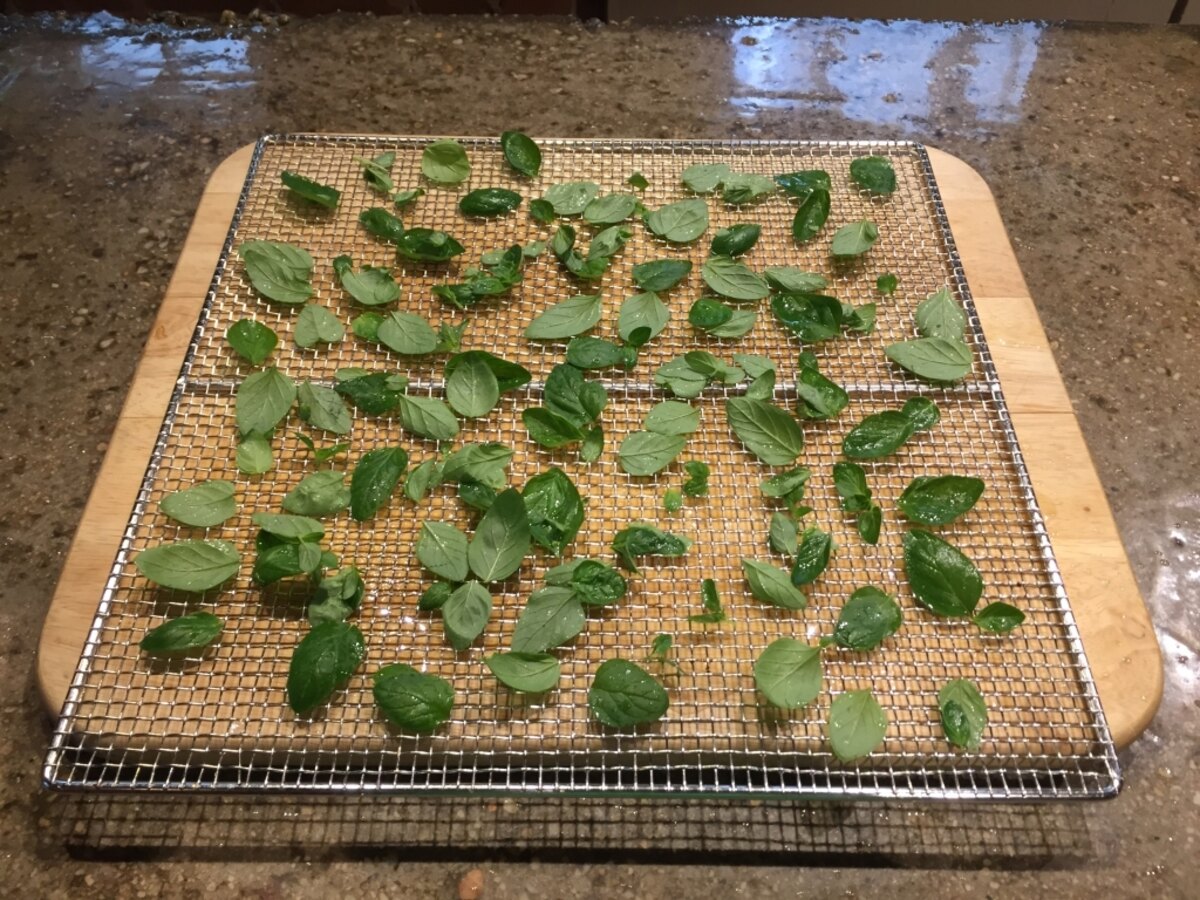
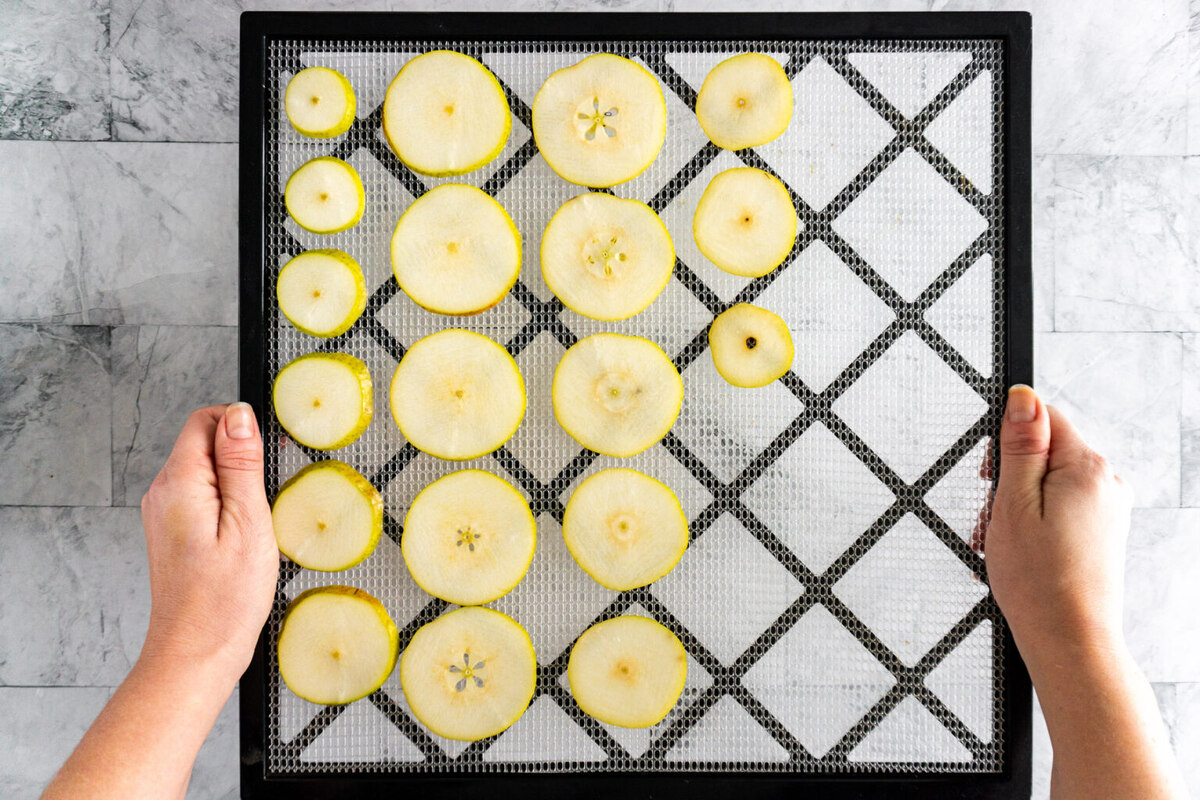
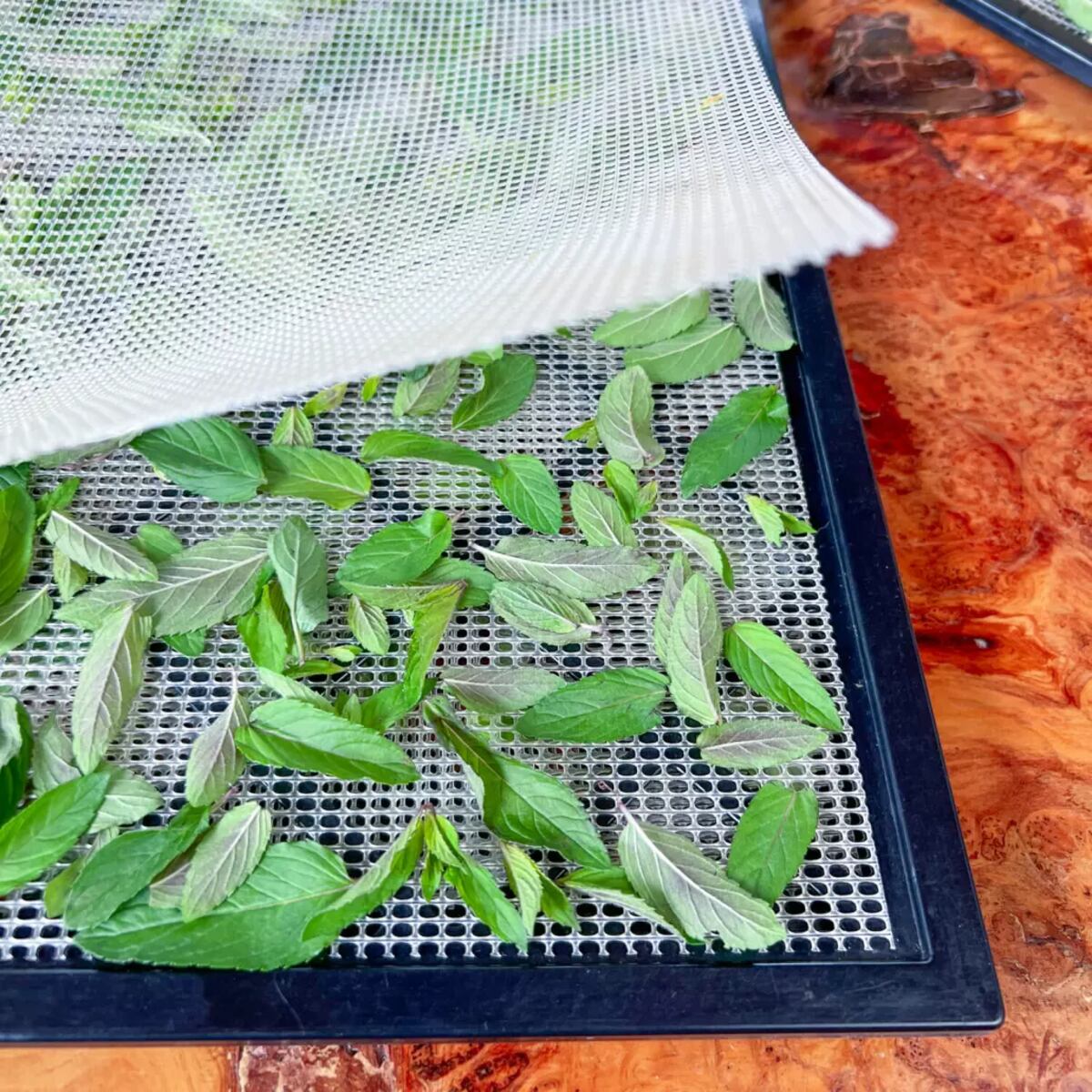
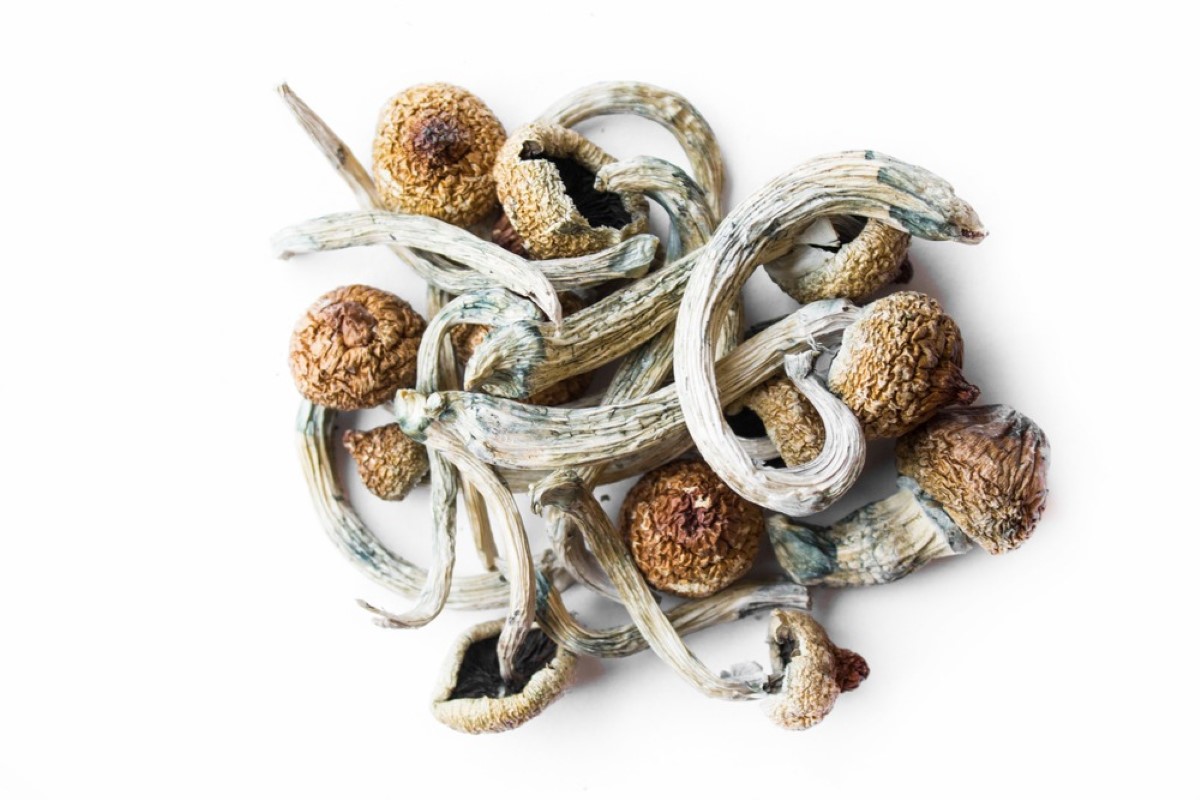
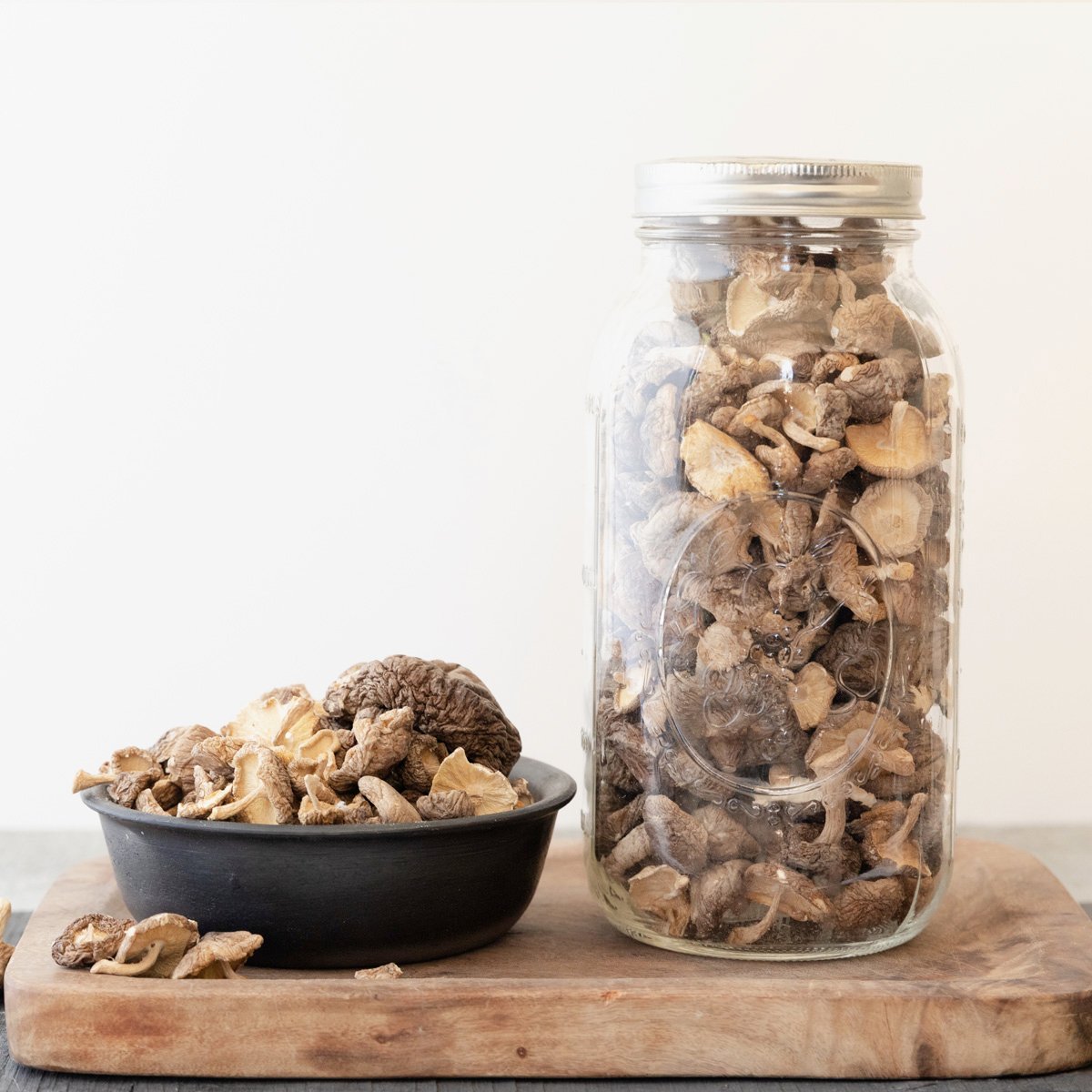

0 thoughts on “How To Dry Mushrooms In A Dehydrator”